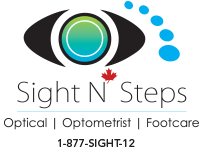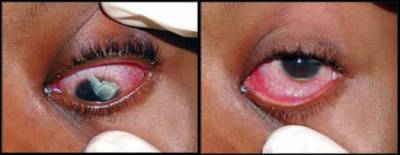Slit Lamp Exam
A slit lamp is a binocular microscope (or "biomicroscope") that your eye doctor uses to examine the structures of your eye under high magnification. It looks somewhat like a large, upright version of a microscope used in a science lab.
During the slit lamp exam, you will be asked to place your forehead and chin securely against the rests on the front of the instrument and your doctor will begin by examining the structures of the front of your eyes — including your eyelids, cornea, conjunctiva, iris, and lens.
With the help of a hand-held lens, your doctor may also use the slit lamp to examine structures located farther back in the eye, such as the retina and optic nerve.
A wide range of eye conditions and diseases can be detected with the slit lamp exam, including cataracts, macular degeneration, corneal ulcers and diabetic retinopathy, etc.
...





